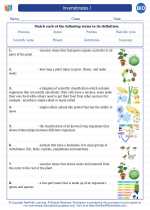The Eight Planets
The eight planets in our solar system, in order of their distance from the Sun, are: Mercury, Venus, Earth, Mars, Jupiter, Saturn, Uranus, and Neptune. These planets vary in size, composition, and other characteristics, and studying them can provide valuable insights into the formation and evolution of our solar system.
Mercury
Mercury is the closest planet to the Sun and is also the smallest planet in our solar system. It has a heavily cratered surface and no atmosphere to speak of. Its surface temperature can vary dramatically, ranging from extremely hot to extremely cold.
Venus
Venus is often called Earth's "sister planet" due to its similar size and composition. However, its thick atmosphere traps heat, making it the hottest planet in our solar system. Venus also has a runaway greenhouse effect, which has led to its surface being covered in dense clouds of sulfuric acid.
Earth
Earth is the only known planet to support life. It has a diverse range of ecosystems, abundant water, and a protective atmosphere. Earth's rotation on its axis causes day and night, and its orbit around the Sun gives us our seasons.
Mars
Mars is often called the "Red Planet" due to the iron oxide on its surface, which gives it a reddish appearance. It has a thin atmosphere and evidence of ancient water flows, leading scientists to speculate about the possibility of past life on Mars.
Jupiter
Jupiter is the largest planet in our solar system and has a dynamic atmosphere with prominent cloud bands and the Great Red Spot, a massive storm. It also has a large number of moons, including the four largest moons known as the Galilean moons: Io, Europa, Ganymede, and Callisto.
Saturn
Saturn is famous for its beautiful ring system, which is made up of icy particles and debris. It is the second-largest planet in our solar system and has a similar composition to Jupiter. Saturn also has many moons, with Titan being the largest and most well-studied moon.
Uranus
Uranus is an ice giant with a unique feature: it rotates on its side, essentially rolling around the Sun as it orbits. It has a faint ring system and a bluish-green color due to the presence of methane in its atmosphere.
Neptune
Neptune is the farthest planet from the Sun and is also an ice giant. It has a dynamic atmosphere with fast-moving winds and the Great Dark Spot, a storm similar to Jupiter's Great Red Spot. Neptune also has a moon named Triton, which is thought to be a captured Kuiper Belt object.
Study Guide
- What are the eight planets in our solar system? List them in order of their distance from the Sun.
- Describe the unique characteristics of each planet, including size, composition, atmosphere, and any notable features.
- Compare and contrast the terrestrial planets (Mercury, Venus, Earth, Mars) with the gas giants (Jupiter, Saturn, Uranus, Neptune).
- Explain the role of the Sun in influencing the conditions on each planet, such as temperature and climate.
- Discuss the potential for habitability on other planets, particularly Mars and the moons of Jupiter and Saturn.
[Eight Planets] Related Worksheets and Study Guides:
.◂Biology Worksheets and Study Guides High School. Invertebrates
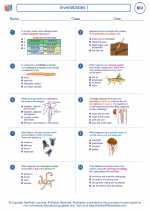
 Worksheet/Answer key
Worksheet/Answer key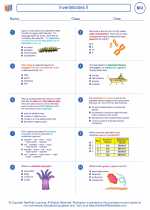
 Worksheet/Answer key
Worksheet/Answer key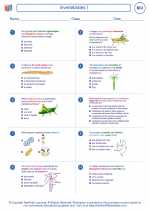
 Worksheet/Answer key
Worksheet/Answer key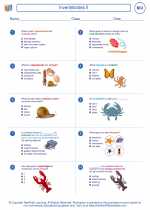
 Worksheet/Answer key
Worksheet/Answer key
 Worksheet/Answer key
Worksheet/Answer key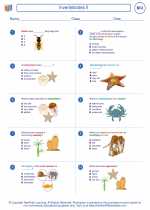
 Vocabulary/Answer key
Vocabulary/Answer key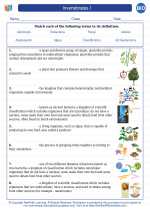
 Vocabulary/Answer key
Vocabulary/Answer key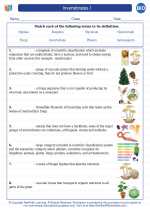
 Vocabulary/Answer key
Vocabulary/Answer key